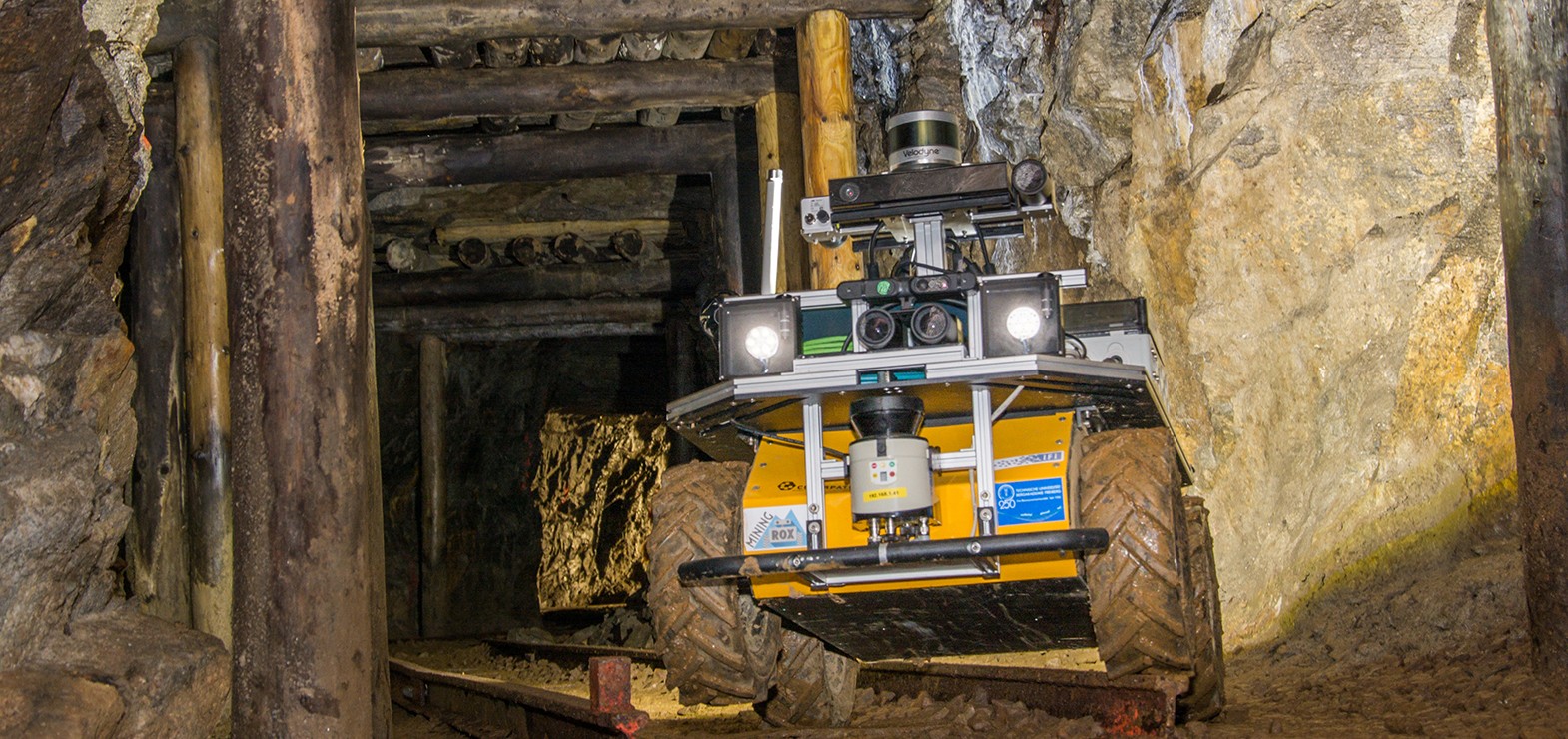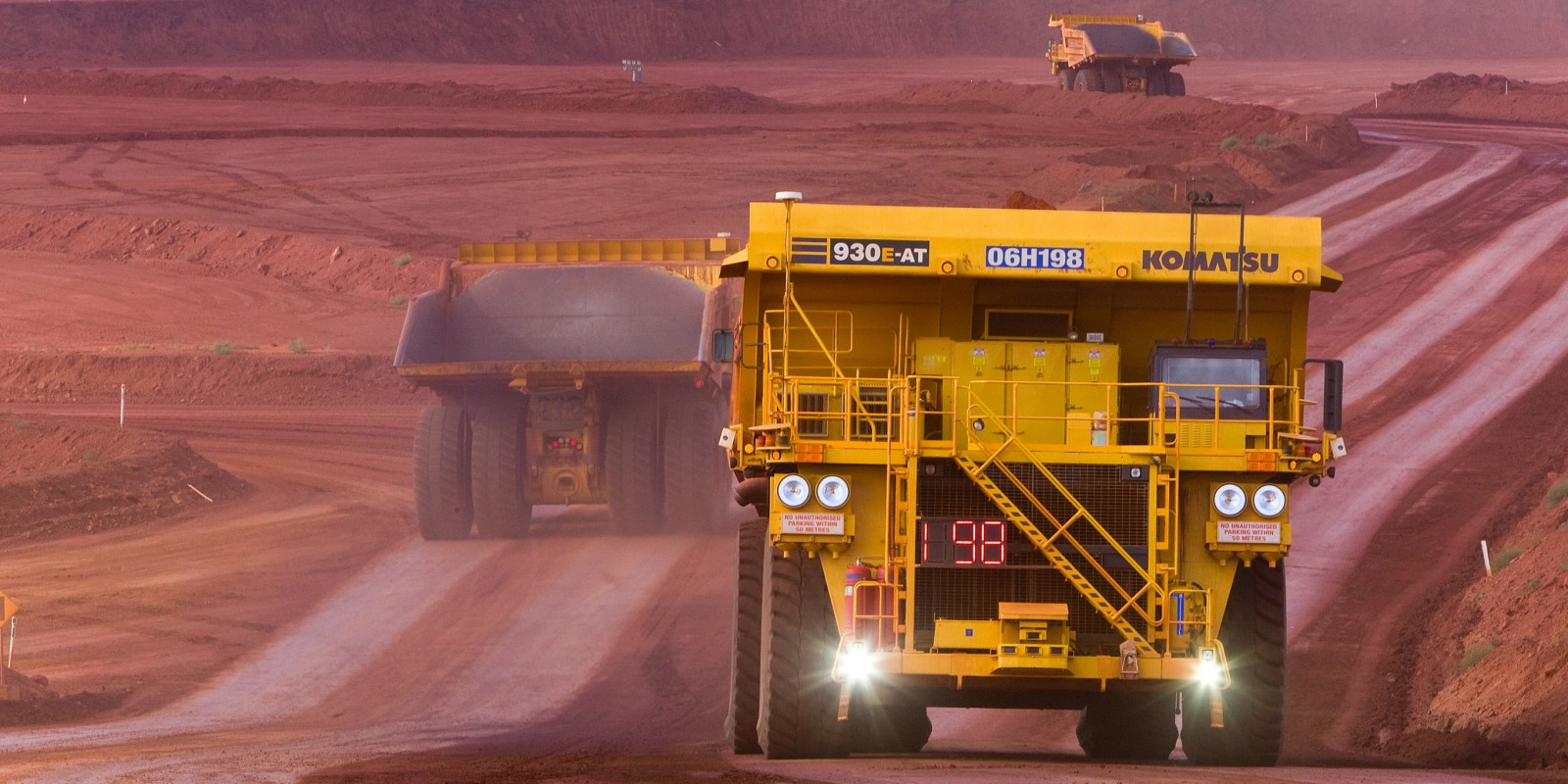How Mining Robots are Replacing Humans and Saving Lives

From the mica found in glittery eyeshadows to the coal that helps create energy to bring power to homes, the mining industry often impacts everyday life. But as one of the most dangerous jobs in the world, mining also can mean losing one's life. Only less than a decade ago, mining jobs only accounted for one percent of the world's labor force but made up eight percent of accidents that end in a fatality, according to the International Labour Organization (ILO). Research also indicates that as many as 1,000 human miners die every year in the United States for reasons, such as falling, an explosion or machinery.
But thanks to advanced technology and automation, it's possible that mines across the world will be run by robots. In fact, mining robots are steadily replacing humans and saving lives simultaneously.
Here's how:
Benefits of Mining Robots
While mining robots are replacing humans in the field, these underground robots also offer the mining industry several benefits. Mining robots not only save human lives, but they also provide enhanced efficiency. That means mining companies can also save more money by having robots that work round-the-clock. Several types of mining robots can help achieve these goals, including self-driving ore trucks, deep-sea mining robots, and automated drill rigs.
Self-Driving Ore Trucks
The same technology that powers self-driving trucks is being used to automate self-driving trucks that carry ore. This makes it easier for mining companies to extract ore from dangerous underground locations that can risk human miners' safety. These autonomous ore-carrying trucks can also maneuver underground easily, thanks to radar and laser technology. For instance, Rio Tinto's driverless haul trucks avoid obstacles by using lasers and radar sensors. These autonomous trucks also use GPS systems for navigation in the ore mines.

Mining Robots that Explore Flooded Mines
Mining robots are also venturing into flooded mines that are abandoned to discover rare minerals. These "roaming" deep-sea mining robots can be constructed to work in confined spaces. They can also help locate unique minerals even with low visibility. These robots also help to reduce the cost of security investments for future explorations and existing exploration.
Drilling Ore From the Earth With Automated Drill Rigs
Mining robots also help save human lives by drilling ore from the ground. These automated drill rigs help carve ore from the Earth. Drilling ore from the ground poses a danger to humans as explosives are required to break apart rocks. Human miners would also need to use conventional equipment to drill the holes where they would place the explosives. But these automated drilling rigs also help speed up productivity to save time in addition to saving human lives. That's because the drilling rigs can create holes faster than human miners can with standard equipment.
Mining Robots of the Future
As technology advances, mining robots also have the potential to extract minerals from landscapes humans have never been able to explore successfully. For instance, mining robots will be able to extract minerals deep within the world's oceans, where increased pressure and low visibility makes it dangerous for humans to explore. Also, mining robots have the potential to extract rare minerals from space. Moreover, the mining industry could also see an increased prevalence of driverless trains and other automated mining robots to help improve safety in the industry and enhance productivity.
With mining robots like self-driving ore-carrying trucks and deep-sea mining robots, mining robots are making a significant impact on the mining industry by replacing humans. These autonomous robots are saving lives, driving productivity, and have the potential to help the mining industry explore new landscapes for new mineral extraction opportunities. Thus, it's crucial for mining companies to consider the significance robots have and will continue to have for the future.
Picture Credit:
https://www.ausimmbulletin.com/feature/mining-futures-research-perspective-mobile-robots-in-underground-mining/
https://www.businessinsider.com/rio-tinto-using-self-driving-trucks-to-transport-ore-2015-10
Source List:
https://www.technologyreview.com/s/603170/mining-24-hours-a-day-with-robots/
https://www.nbcnews.com/mach/science/robots-are-replacing-humans-world-s-mines-here-s-why-ncna831631
https://eos.org/features/underground-robots-how-robotics-is-changing-the-mining-industry
https://digitalcommons.murraystate.edu/postersatthecapitol/2009/EKU/7/
https://arlweb.msha.gov/stats/charts/combined.php
https://www.ilo.org/global/industries-and-sectors/mining/lang--en/index.htm
https://www.bbc.com/news/world-latin-america-11533349
Thanks for helping to keep our community civil!
This post is an advertisement, or vandalism. It is not useful or relevant to the current topic.
You flagged this as spam. Undo flag.Flag Post


